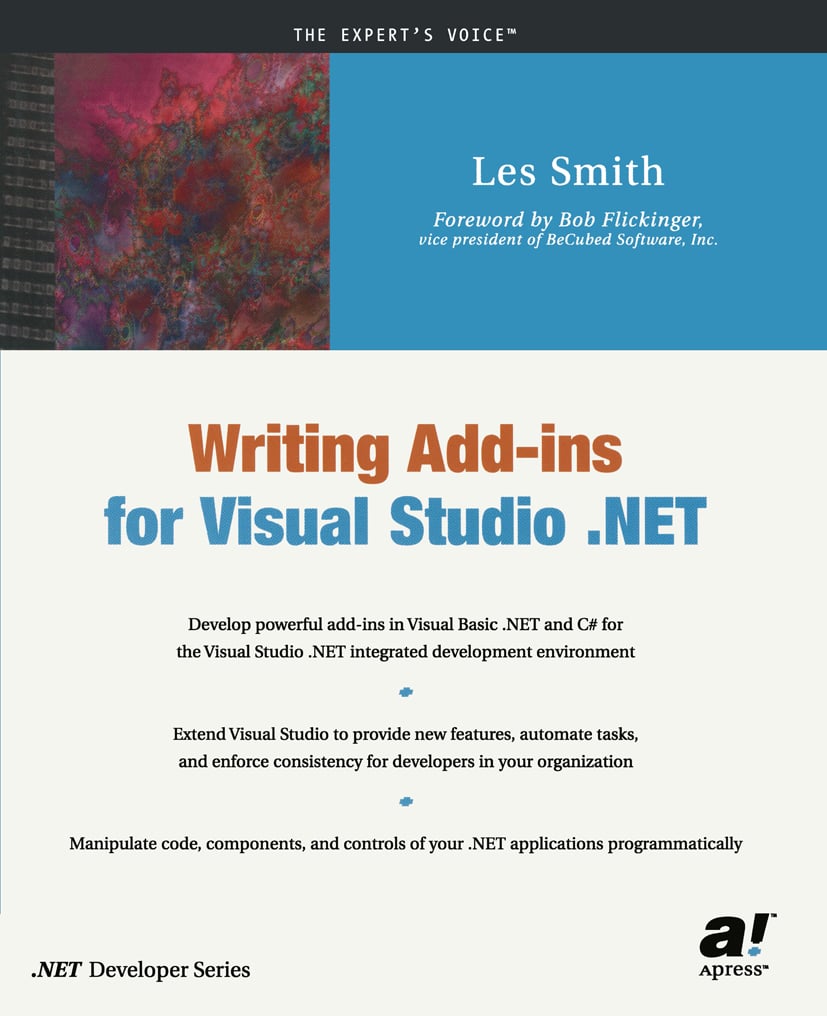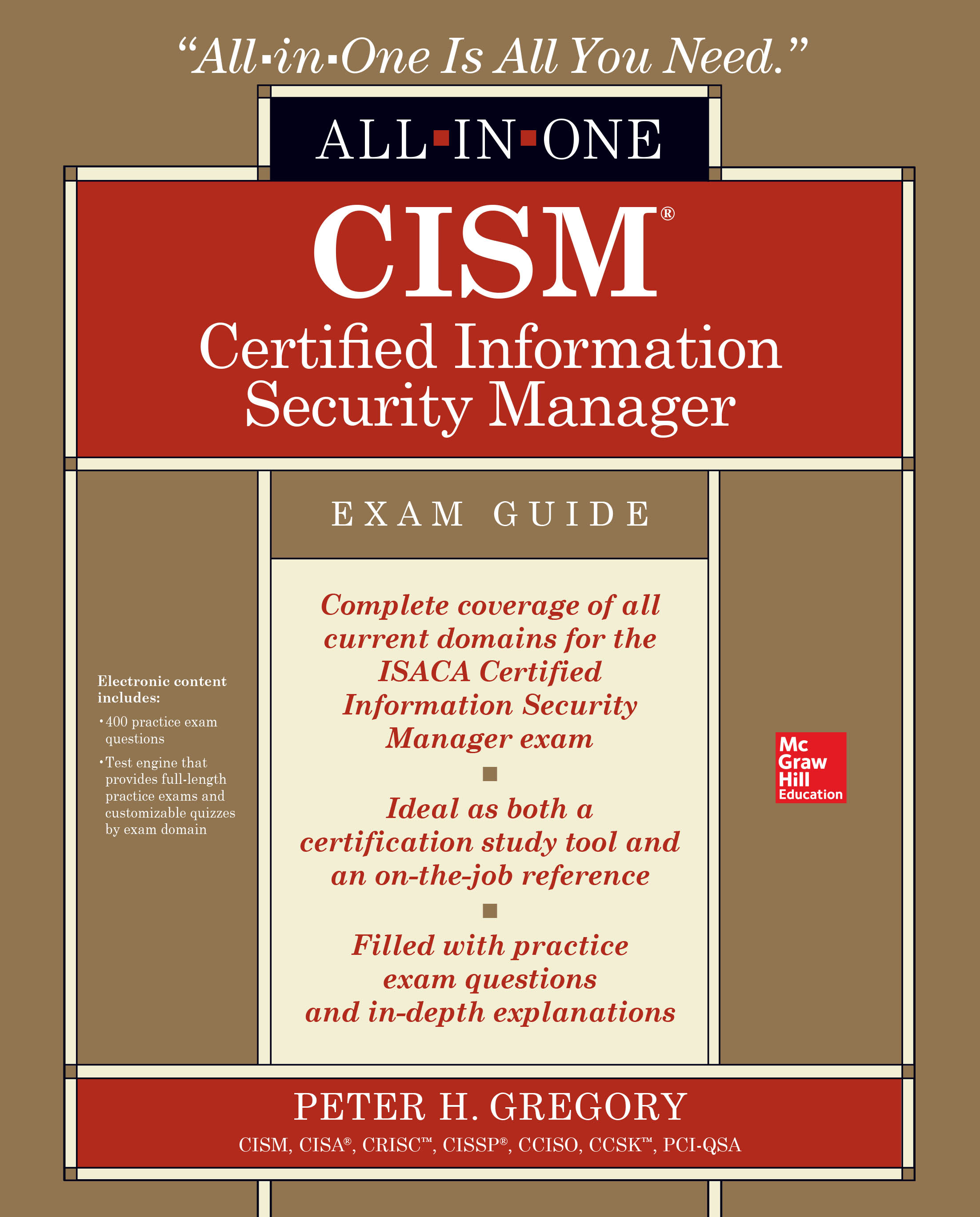Writing Add-ins for Visual Studio .NET
Writing Add-ins for Visual Studio .NET
LIKE IT, TOLERATE IT, OR DO IT YOURSELF-that's what dealing with developer tools used to be. You either liked what you were given, managed with what you were given, or had to write not only the part you liked yourself, but also those features you tho...
Read more
LIKE IT, TOLERATE IT, OR DO IT YOURSELF-that's what dealing with developer tools used to be. You either liked what you were given, managed with what you were given, or had to write not only the part you liked yourself, but also those features you thought were lacking. When it comes to something as complex as the Visual Basic IDE, that would be a large development effort just to duplicate what Microsoft gave you. Besides, who wants to reinvent the wheel by writing yet another editor? Programming technology has been developed to componetize our appli cations and objects such that we can provide open access to other developers to enhance the feature set or functionality of the code without actually having to distribute source code. So now when we get the latest toy from Microsoft, if we find it lacks functionality or a feature that would be beneficial, we can simply write a chunk of code and add it to the application as seamlessly as though the feature were there since day one. As simple as that sounds, it is still no small task. I'm sure I could write pages about Les Smith's decades of programming expe rience and knowledge. But this book isn't about programming practices. It's about writing add-ins and what you need to know to get your code connected and running in the IDE.
Less





























